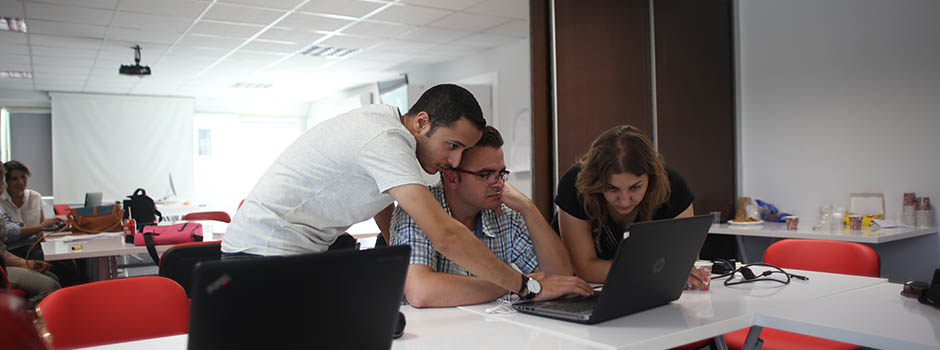MAIN objectiveS
- Analyse together (in the form of a short debriefing) how that morning’s or the previous day’s news was handled, in terms of quality and relevance.
- Take time for joint reflection and discussion to ensure that coverage is not dictated by politicians themselves or by the plethora of planned institutional events related to the forthcoming elections (which often are not of any real interest to the listeners/general public). There is thus no need to cover every single press conference. Original topics defined at newsroom meetings are preferable.
- Select and decide on the subjects to be dealt with, the angle (or angles) chosen, followed by the form of treatment (interview, extract, wrap, report, “box” clip, debate, etc.)
- Prioritise (order of importance) the main topics to be covered and divide them up a priori between the various news programmes to be broadcast.
- Organise and decide the individual work assignments for the day or the next day, whether for employees, freelancers or trainees.
- Remind everyone of the demands of the editorial line as well as the ethics involved, such as laws and regulations in force (charters of good conduct, electoral code, rules signed by the regulatory authority, etc.)
- Take into account – depending on the period in question – the fairness or balance necessary in the treatment of candidates and their party, and more particularly the time they are given on air.
The chief editor is the boss and leads the newsroom meeting. Nevertheless, he must take care that the meeting does not end up simply rubber-stamping his own decisions or, conversely, that it does not end up being a discussion in which his role is merely that of spectator or referee.
Indeed, the chief editor has the main say in the choice of angles. This concept of angle is the most important but also the most difficult for some journalists to understand, especially younger or less experienced journalists. As the person generally with the most experience, the chief editor controls the editorial line, which is suggested by him and on which he has the final say. He may even decide to change the angle or perspective later, for example over the phone with a reporter in the field.
WHEN AND HOW?
It does not matter what the timetable is for newsroom meetings, as long as it is regular and everyone sticks to it. It is set on the basis of the news schedule and journalists’ diaries. The meeting should not last more than 45 minutes to an hour. Everyone must come armed with the best possible knowledge of the day’s news stories, ready with their suggestions. The chief editor runs the meeting. He will have prepared it using the appropriate tools (for example, the weekly diary of planned events), with the assistance of the editorial manager and/or possibly a newsroom secretary.
A weekly forecast meeting is also essential during this period.
Sometimes the newsroom meeting is attended by only some of the team, those tasked with anticipating what political stories will be covered, according to a constantly updated schedule, and who will have the job of, for example, producing the catalogue of material (background voicers, portraits of candidates or parties, special “box” clips, etc.).
Be careful not to get side-tracked: a newsroom meeting is not the place for other debates or discussions about the technical operation or social or disciplinary organisation of the station. These are legitimate issues but they should be dealt with at separate, regular or one-off meetings.

